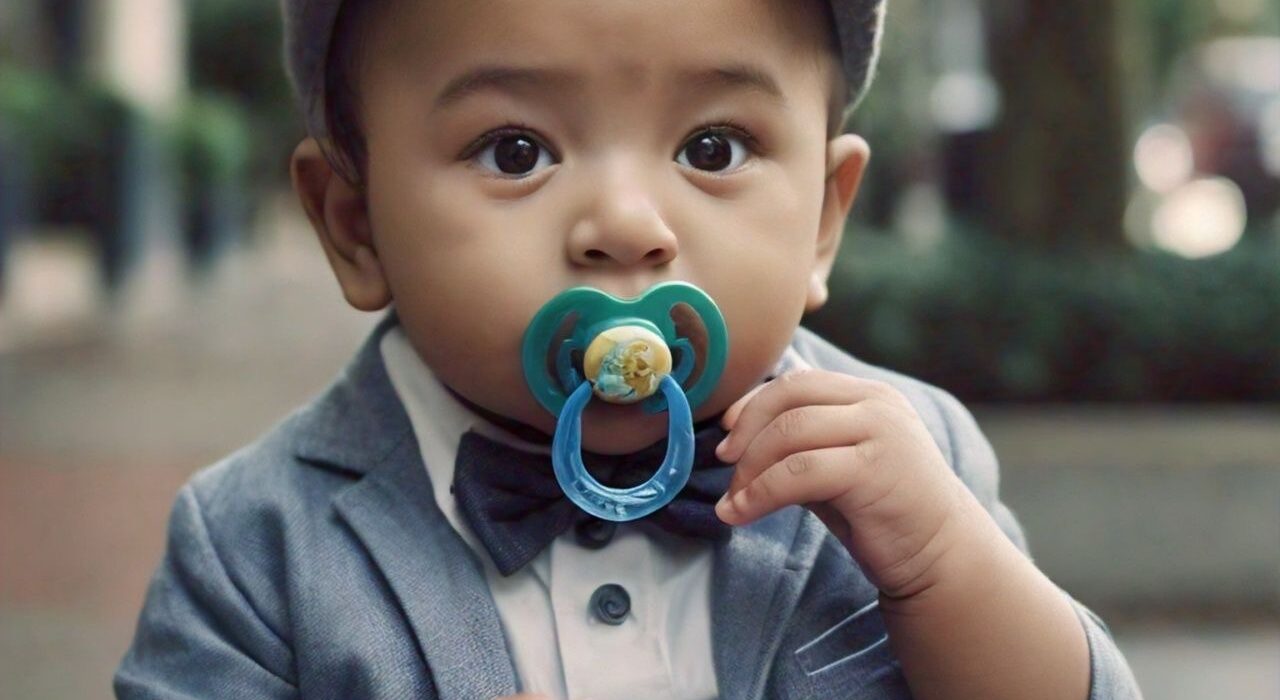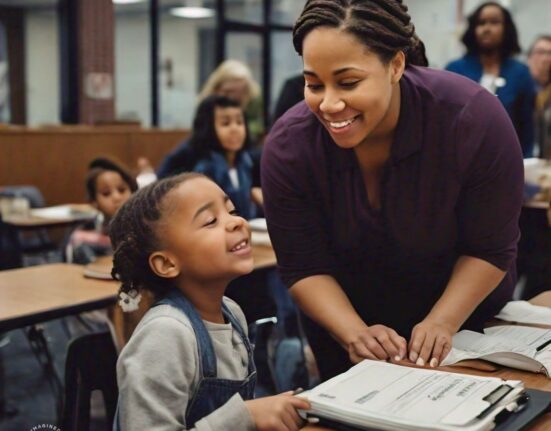How Babies Develop Language: Hearing and Moving Mouths Matters
Your baby’s first word is a significant milestone. The day they utter “ma-ma’” “da-da”, or another important recognizable word, you begin to see the signs that your little one is now using spoken language to communicate, opening up a world of possibilities. This process of developing spoken language begins long before you hear your baby’s first word. Even before birth, infants are exposed to language and this perception of language is the starting point for producing language.
In this article, we explore the ways in which babies develop language. We’ll consider the importance of movement of the mouth and tongue in babies for both producing and perceiving language – and offer up some tips for ways to support your baby’s speech and language development.
The link between hearing and producing language
As soon as they’re born, baby’s show the ability to communicate their needs – crying is the prime way that infants let us know they need our care and support. Over the first year of life, this ability to communicate through vocal sounds develops. There’s a complex interplay between receptive language (hearing and distinguishing between sounds) and productive language (expressing sounds and words). Perceiving language and producing language both contribute towards an infant’s ability to speak.
“Use it or lose it” with language development
We’ve known for some time that even very young infants can distinguish between different phonetical sounds. Research conducted over 50 years ago found that from just one month old, babies can discriminate speech sounds from different languages. They’re also able to match heard and seen speech – recognizing how mouth movements and sounds go together. Over their first year of life, babies develop language along “use it or lose it” lines – as they hone the precision needed to understand and express language within a particular culture, their ability to perceive sounds and mouth shapes from other languages diminishes. By 9–10 months, most babies are only able to reliably match heard and seen speech sounds for their native language.
How moving the mouth helps language development
Fascinatingly, babies’ abilities to move and shape their own mouth also impacts their understanding of language. The ways in which babies move the parts of their mouth that support the production of phonetic sounds (our tongues, soft palates etc.) influence their perception of sounds. Research shows that when babies have restrictions in their ability to move their mouth and the tip of their tongue (using a pacifier, for example) they’re less adept at perceiving certain sounds. When chewing on a teething toy that holds the mouth in the shape used to produce an “eeeee” sound, infants are less likely to be able to distinguish “oooo” type sounds. This research suggests that restricted mouth movements in babies may impact speech and language development.
Supporting your baby’s speech and language development
With that in mind, here’s three simple tips you can use to support baby’s speech and language development:
- Ensure your baby has time without any pacifier, where they can experiment with moving their mouth in different ways.
- Keep on talking to your baby – including in ways that allow them to both see and hear the mouth movements you make as you speak.
- Play games with your baby that facilitate the mouth movement– blowing raspberries and poking out your tongue, for example.
Sources
Bruderer, A., Danielson, K., Kandahadai, P. & Werker, J. (2015). Sensorimotor influences on speech perception in infancy. Psychological and Cognitive Sciences, 112 (44) 13531-13536. https://doi.org/10.1073/pnas.1508631112






